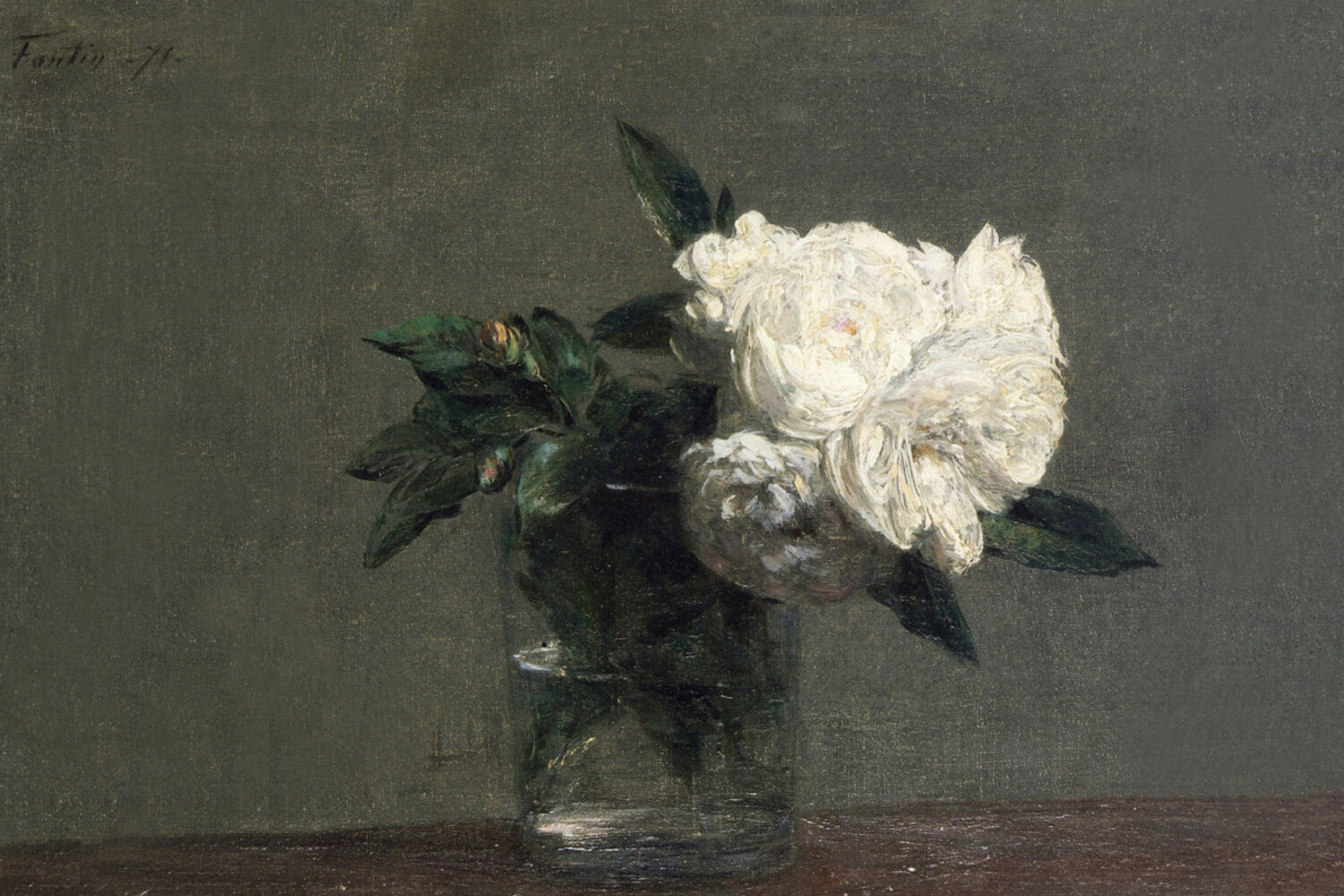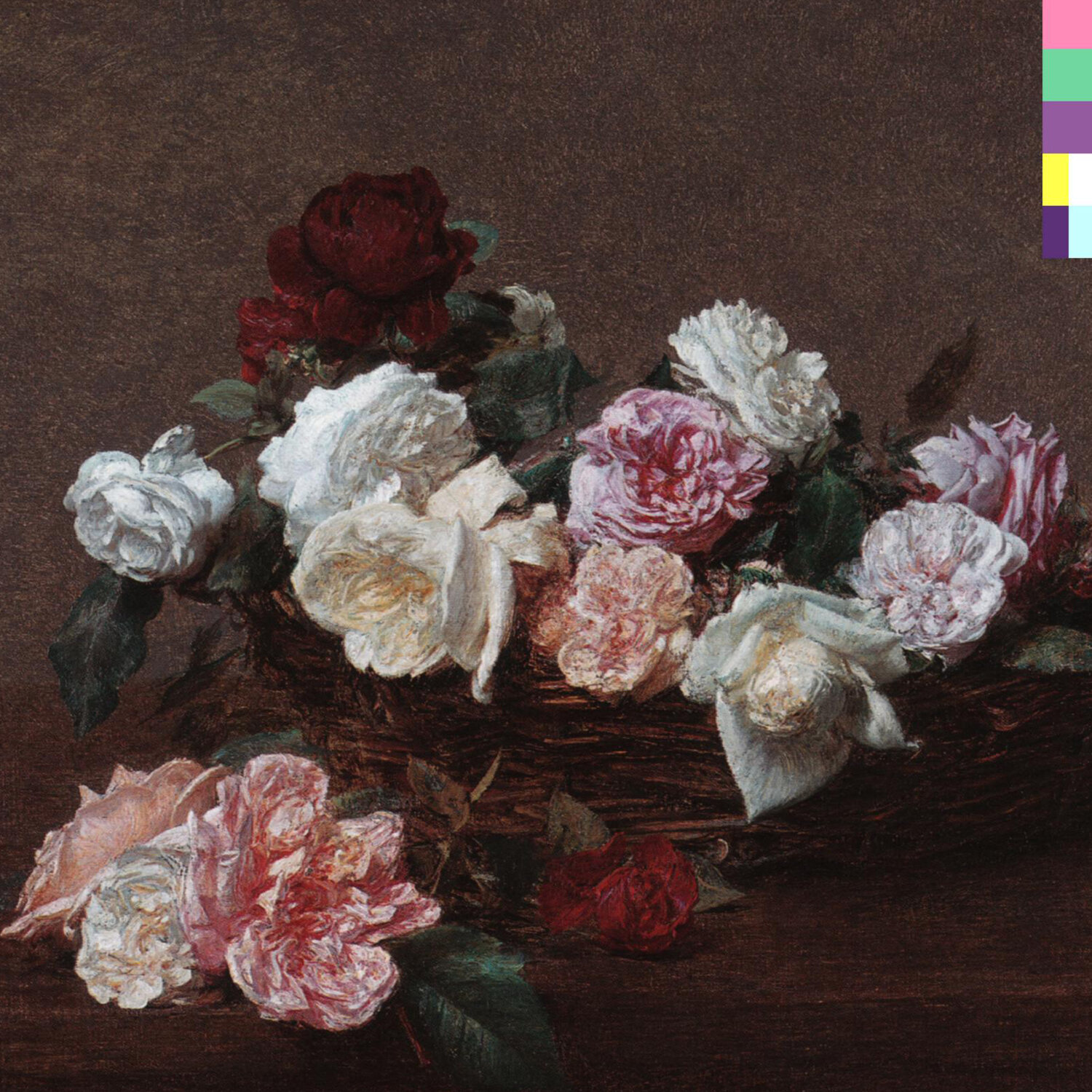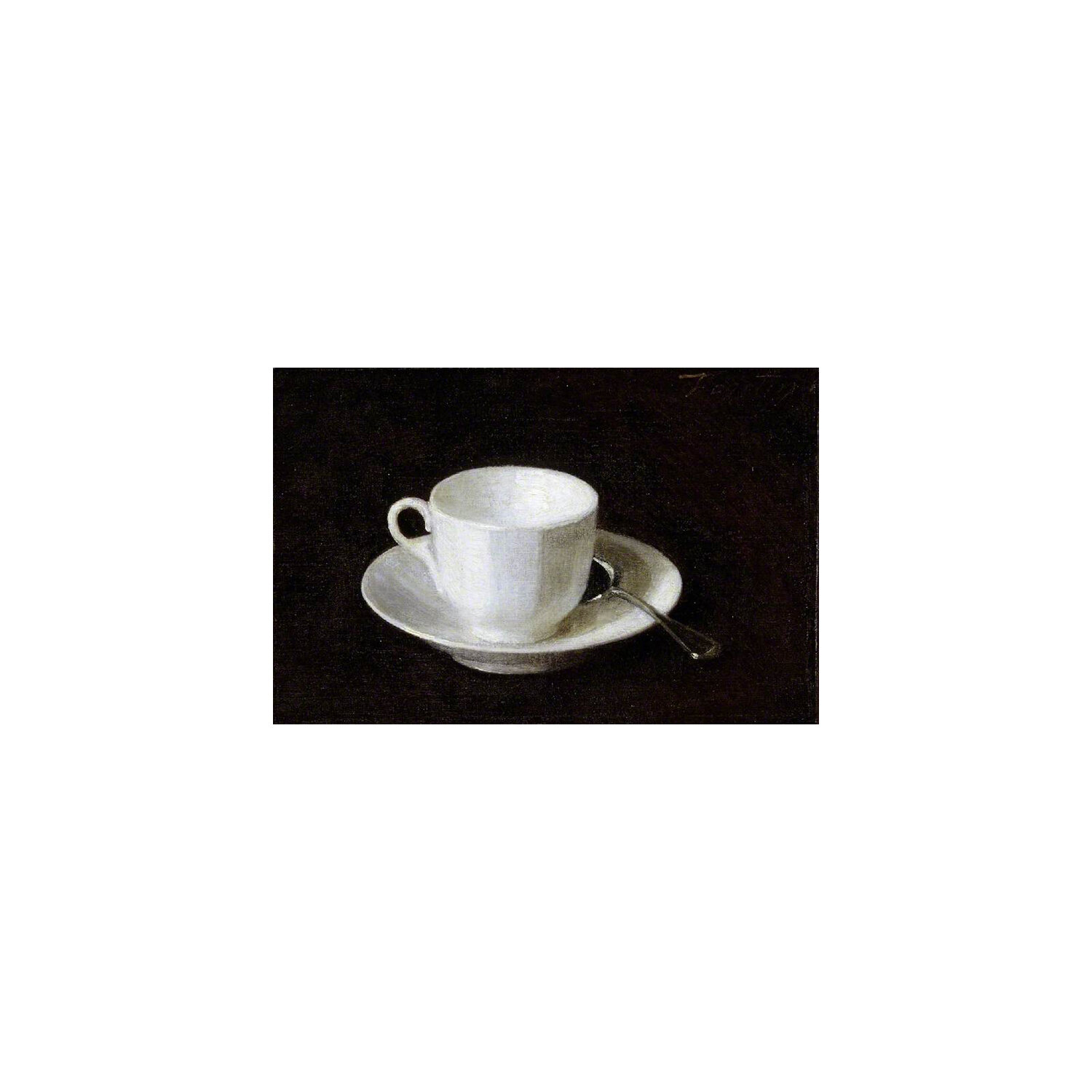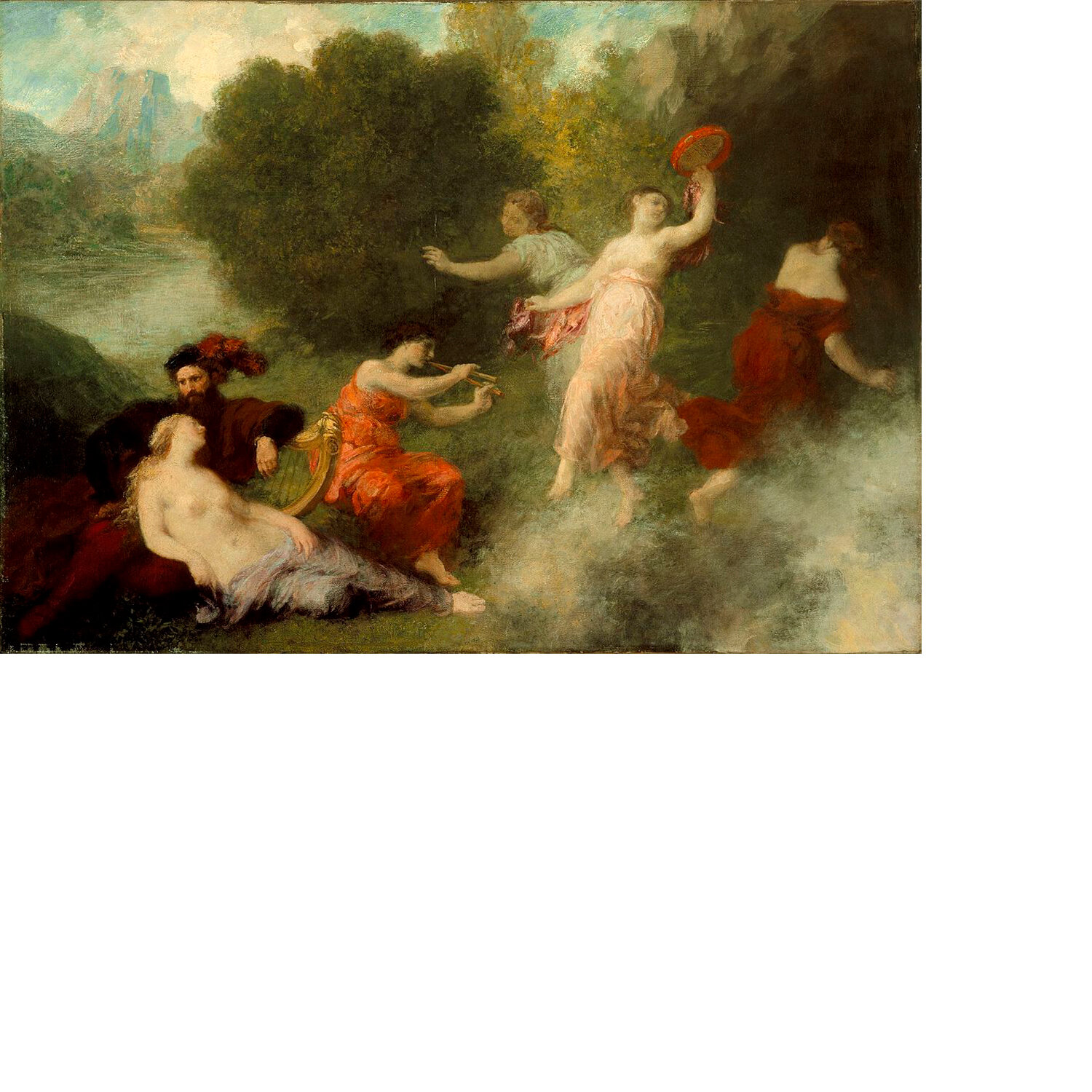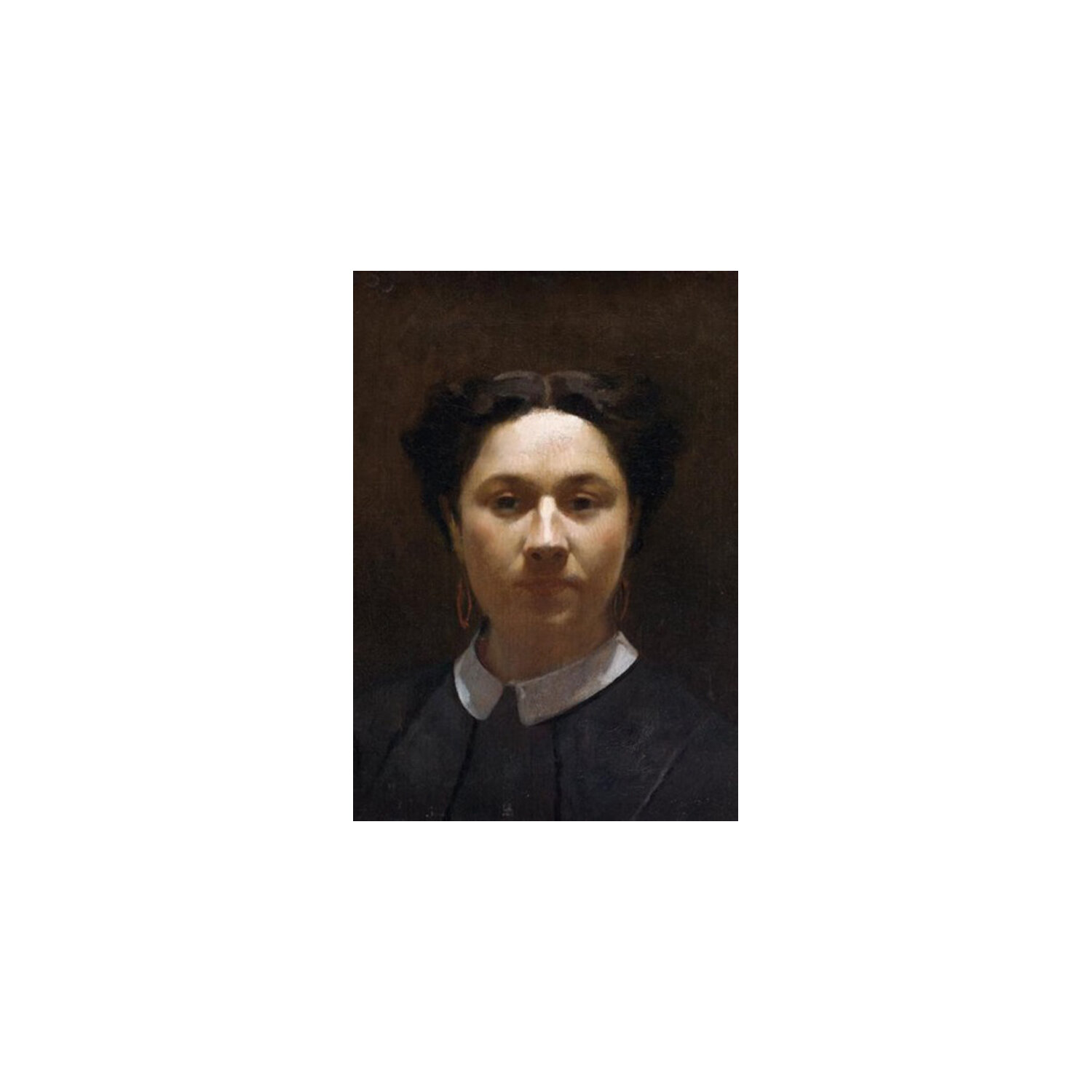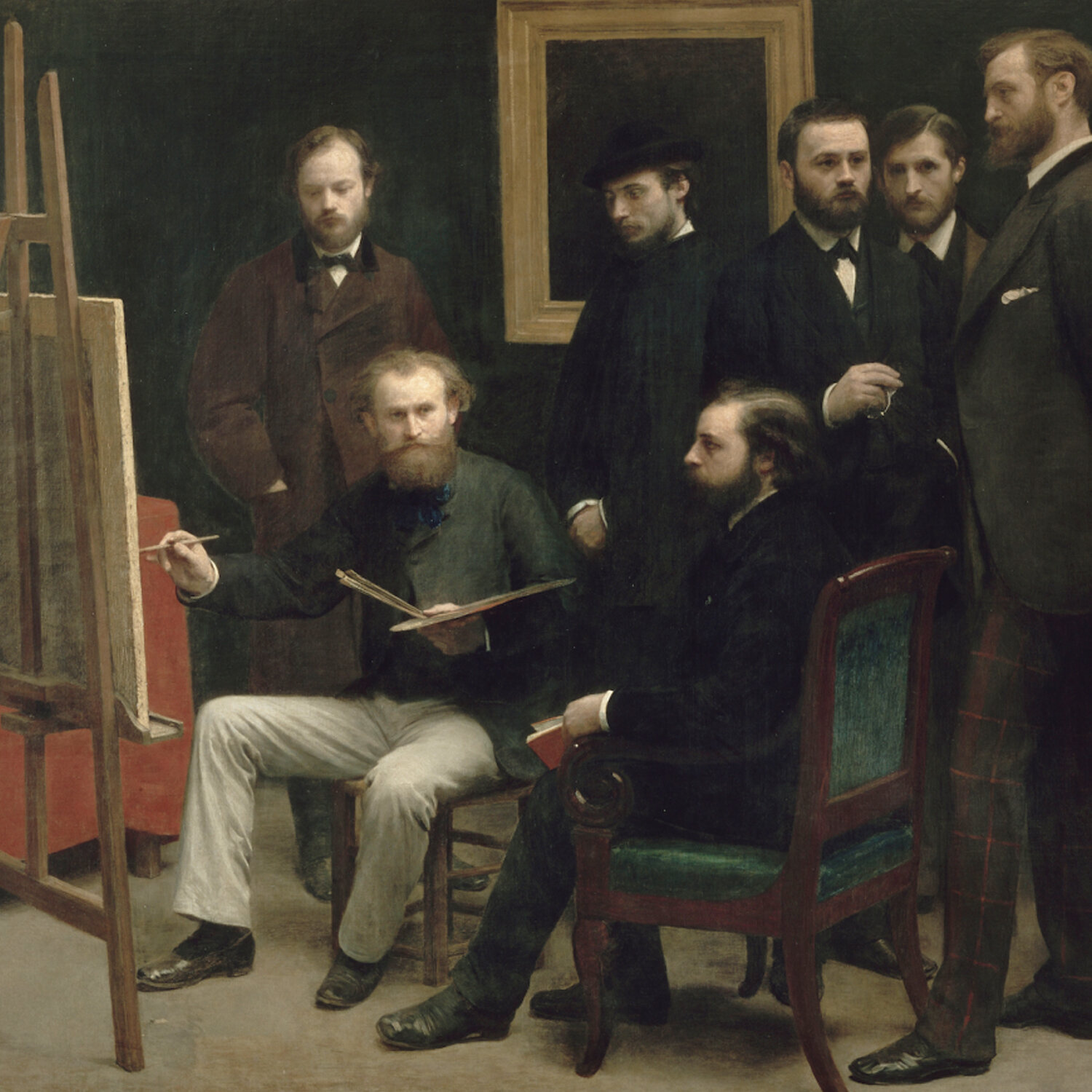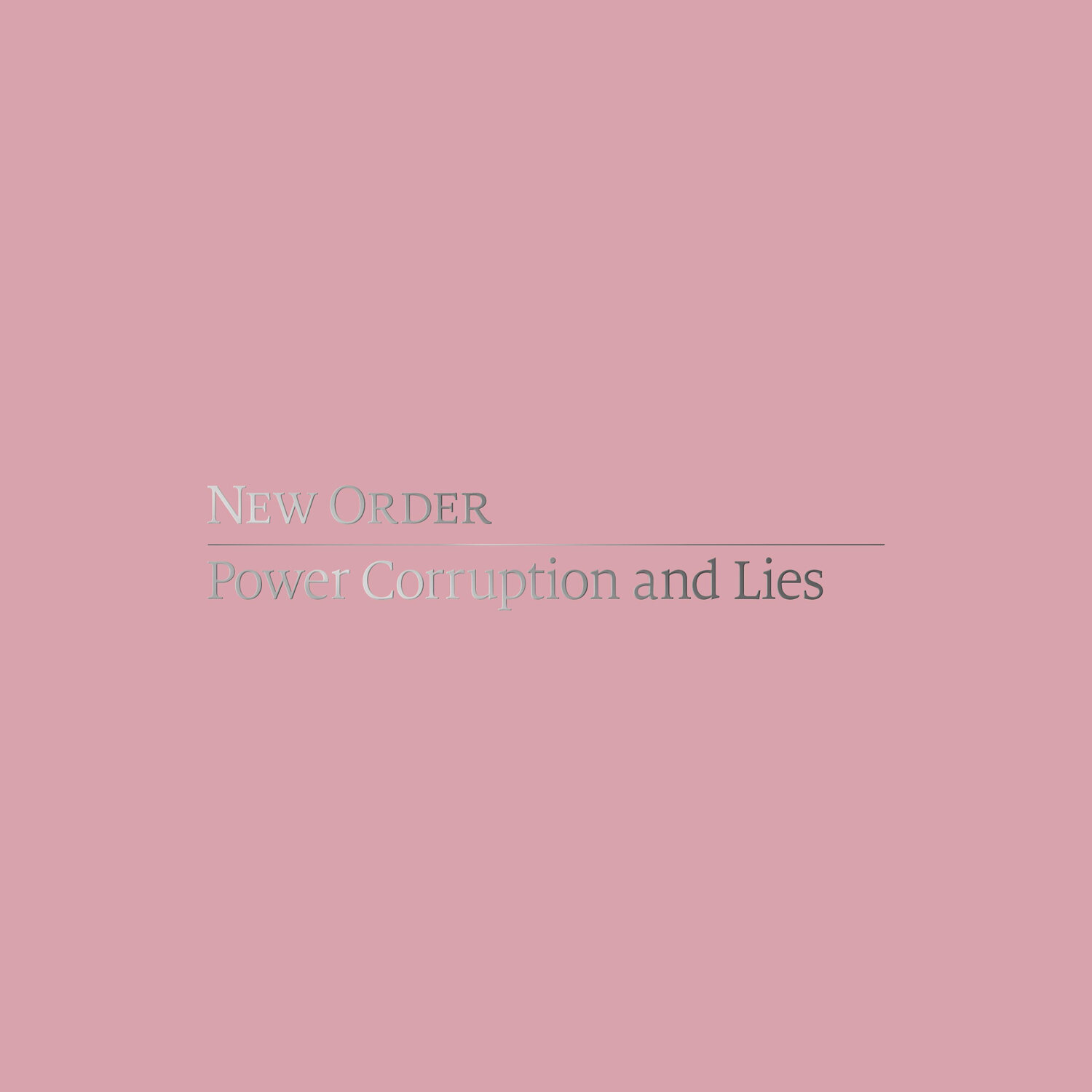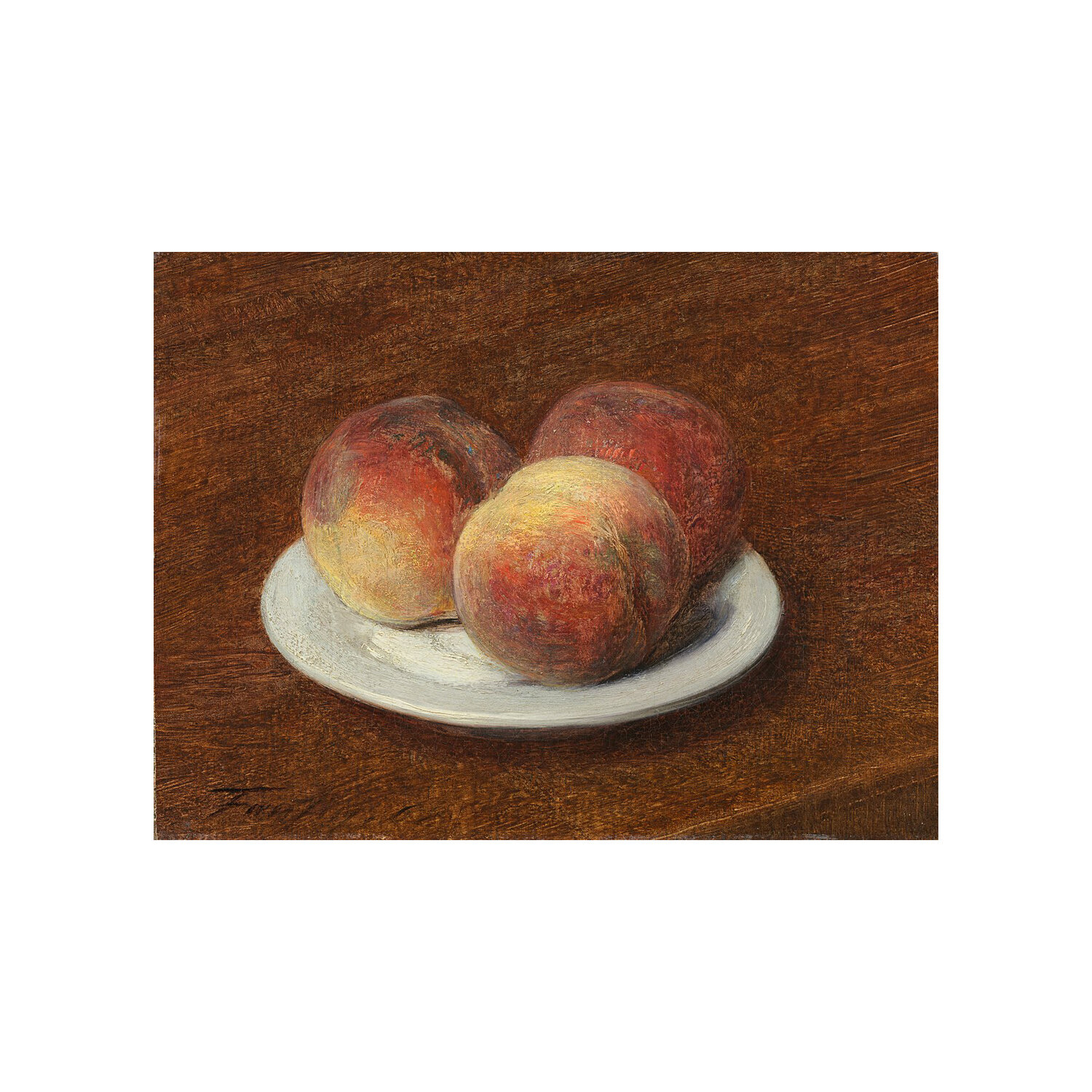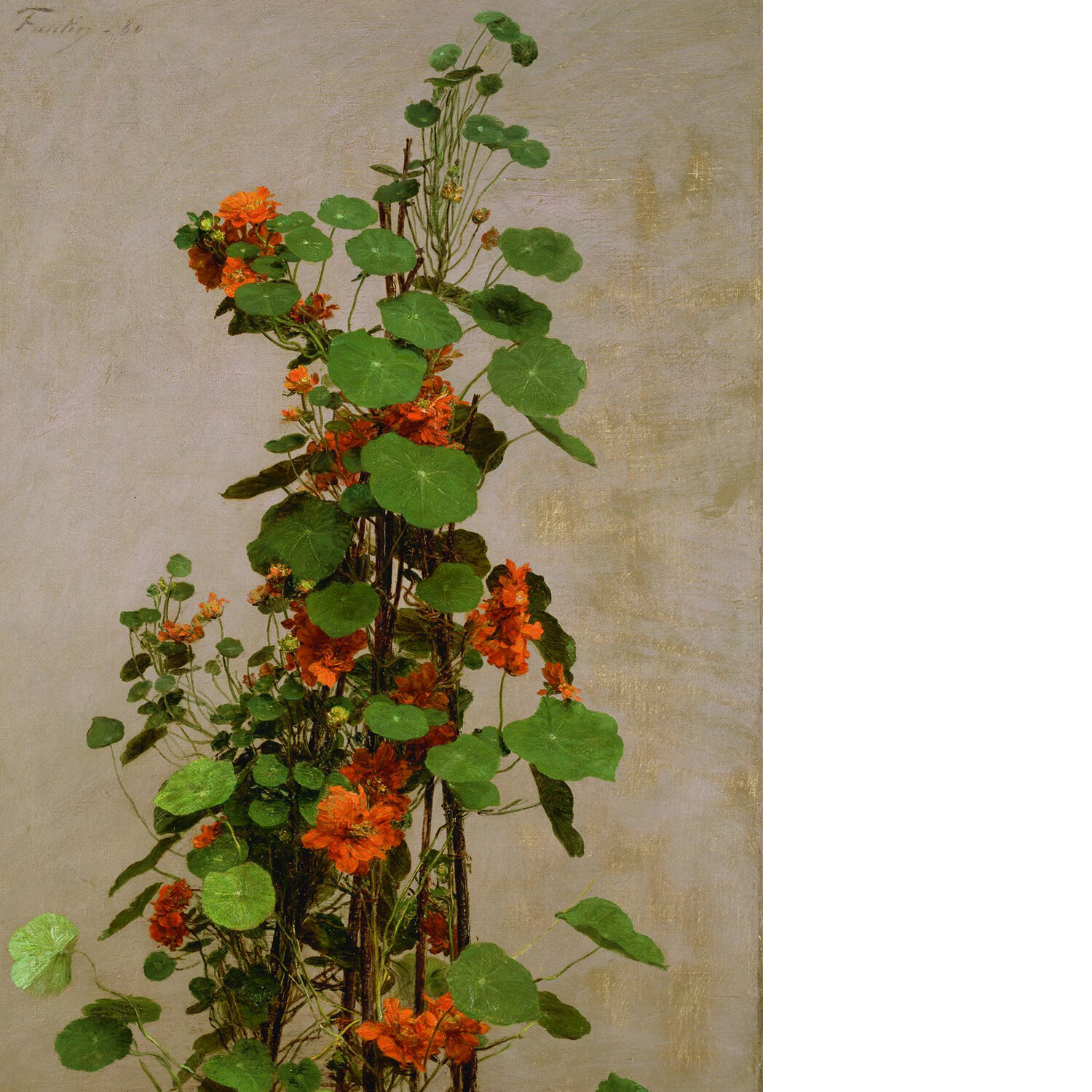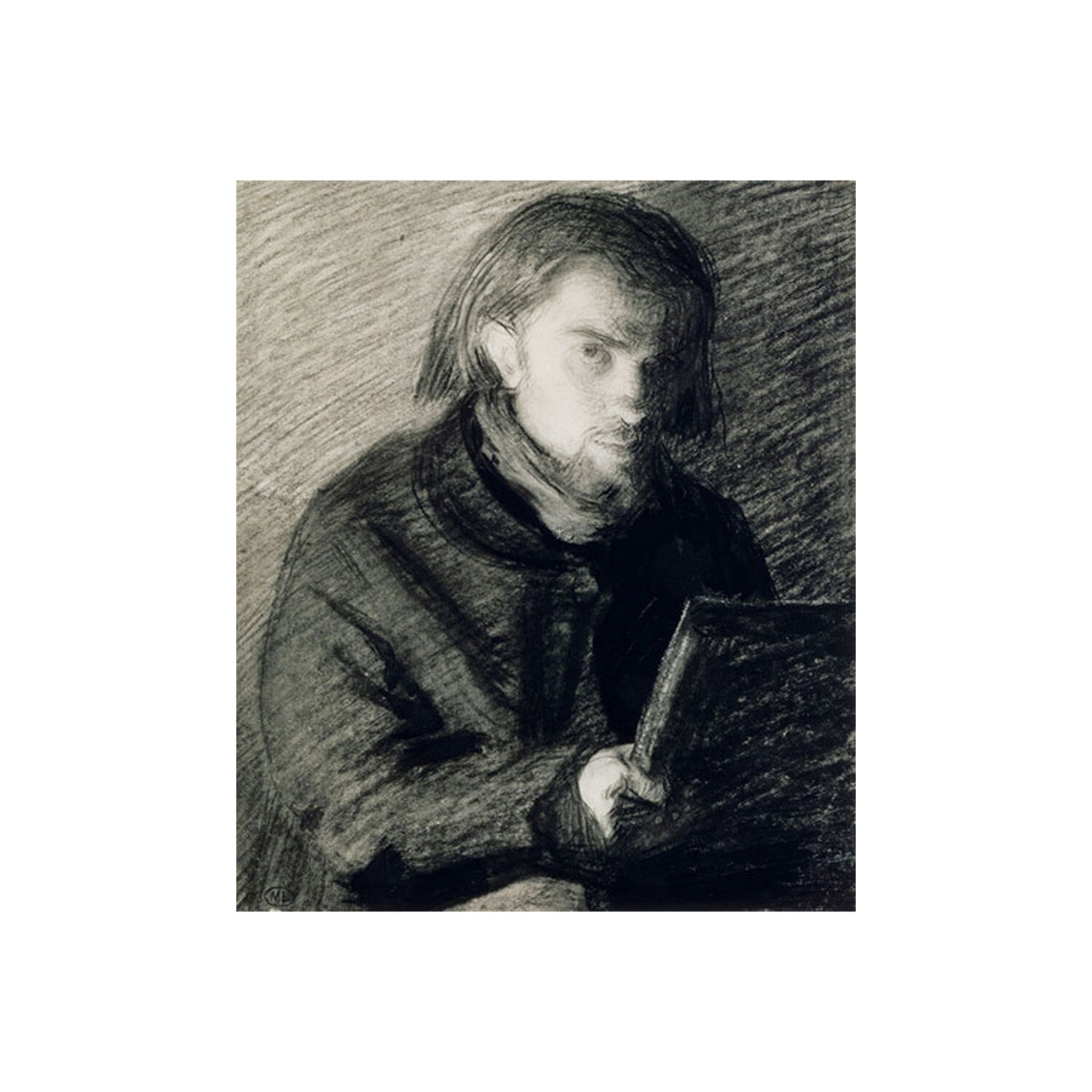HENRI FANTIN-LATOUR & NEW ORDER
Henri Fantin-Latour, ‘Roses’ 1871
“Between the idea and the reality; between the motion and the act; falls the shadow” (T.S. Eliot, The Hollow Men, 1925).
Early in his twenties, the French painter Henri Fantin-Latour (14 January 1836 – 25 August 1904) befriended Impressionist contemporaries such as Whistler and Manet in whose shadow he would remain most of his career. In fact, it was Whistler who first introduced Fantin-Latour to the emerging Victorian elite which ultimately led to a huge commercial interest in his flower paintings in England.
Fantin-Latour started making a large amount of flower paintings with ever growing commercial success. Between 1864 and 1896 he painted over 800 floral pictures. In 1872 alone he turned out 45 of them; all of them with consistent quality and remarkable skill. Consequently this turned out to be a huge financial blessing but at the same time Fantin-Latour’s artistic curse.
Driven by an intense ambition and deep philosophical lament Fantin-Latour was continuously frustrated that his flower works overshadowed most of his oeuvre. During his lifetime he repeatedly tried to move away from them heavily focusing on portraits and depictions of Parisian society. He painted many portraits, including the 1987 Manet one housed in the Art Institute of Chicago, and a number of group portrayals of men he admired, including Monet, Renoir, and Whistler, and writers such as Baudelaire, Verlaine, Rimbaud, and Zola.
He was also a passionate music aficionado of his time and visited Bayreuth in 1876 to hear one of Wagner’s first performances of the complete Ring cycle. His love for Wagner and music found its way into many of his work, famous examples are the “Tannhäuser on the Venusberg” (1864) painting and “Around the Piano” (1885) His favorite composers were Schumann, Berlioz, Wagner, and Brahms.
Upon exploring the 2020 deluxe box set of the 1983 New Order album ‘Power, Corruption and Lies’, that famously has the brilliant Peter Saville use Fantin-Latour’s ‘A Basket Of Roses’ (1890) on its cover, I was struck anew on how much the artwork and the music belongs together philosophically and spiritually.
Days No.3, Pages 28-29
Listening to what is housed in what could be considered the most iconic post-punk artwork of all time (particularly the ‘raw’ writing session recordings on disc 2 ) I can’t help to marvel over the fleeting, vaporous and anti-climactic character of both cover and content. In addition, by knowing Fantin-Latour’s struggle with commercialism and maintaining artistic meaning the music and the product form a strange totality that embodies art’s eternal struggle between superficiality and taste versus what manifests substance and shows depth of character.
Here I also see the parallels to New Orders own peculiar position of mass success and their subcultural credentials that was their magic and hugely attractive to me during their most prolific years between 1983 and 1991. Fantin-Latour’s ‘Basket of roses’ more than anything embodies both the music and the brand of New Order as it completely overlaps with both artists’ souls and perhaps it even symbolizes struggles of artistic (youth) culture of the 1980’s on a much larger scale. It’s core is a story of tragedy and fleeting moments.
There are no main choruses in many of ‘Power, Corruption and Lies’ tracks, most of the time we lack the sort of confrontational element that ‘Movement’ or most earlier Joy Division pieces are propelled by; we find pure form carefully constructed through intimate, human moments of imperfection... A sort of fragile hold that is neither happy nor sad - like a memory brought on by perfume or flowers, something in front of you and yet out of reach. The only four main ingredients are: the cover, the music, the spirit of the band and the spirit of the cover artist. Let those 4 elements fade into and out of one another without distraction and a halo is born.
Peter Saville has said that he decided to use the cover image after picking up a postcard at London’s National Gallery and he has spoken about the seductive quality of roses in relation to the album title. I do believe that only a mix of chance, intuition and a ‘stepping back’ as a designer is required to map these connectors into a powerful dimensional artifact. That said, without Fantin-Latour, New Order would not be what they are today... Raf Simons’ archive would look different and Supreme may be less romantic. Maybe Fantin-Latour would finally be at peace as his flowers did help to define a century of avant-garde after all - 150 years later. – Marc Hohmann

